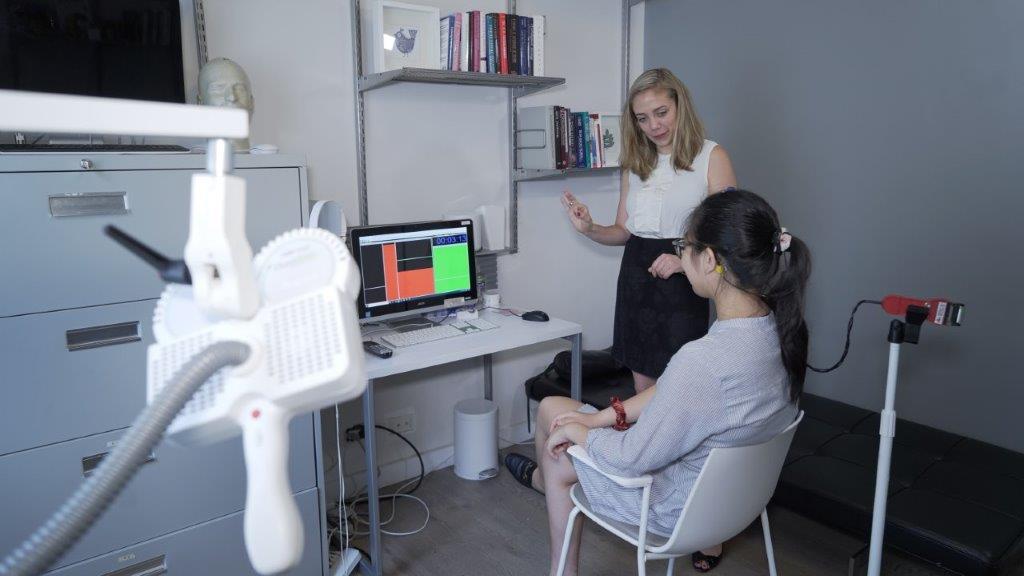“I took him to every specialist imaginable. I had sleepless nights. All I could do was cry because I said, ‘There’s something wrong with my son and they can’t figure it out,’” said Leslie Santos, a Long Island mother whose 4-and-a-half year old son, Tristan, had sustained a concussion while running through tunnels at the playground.
After that, he wasn’t quite the same.

